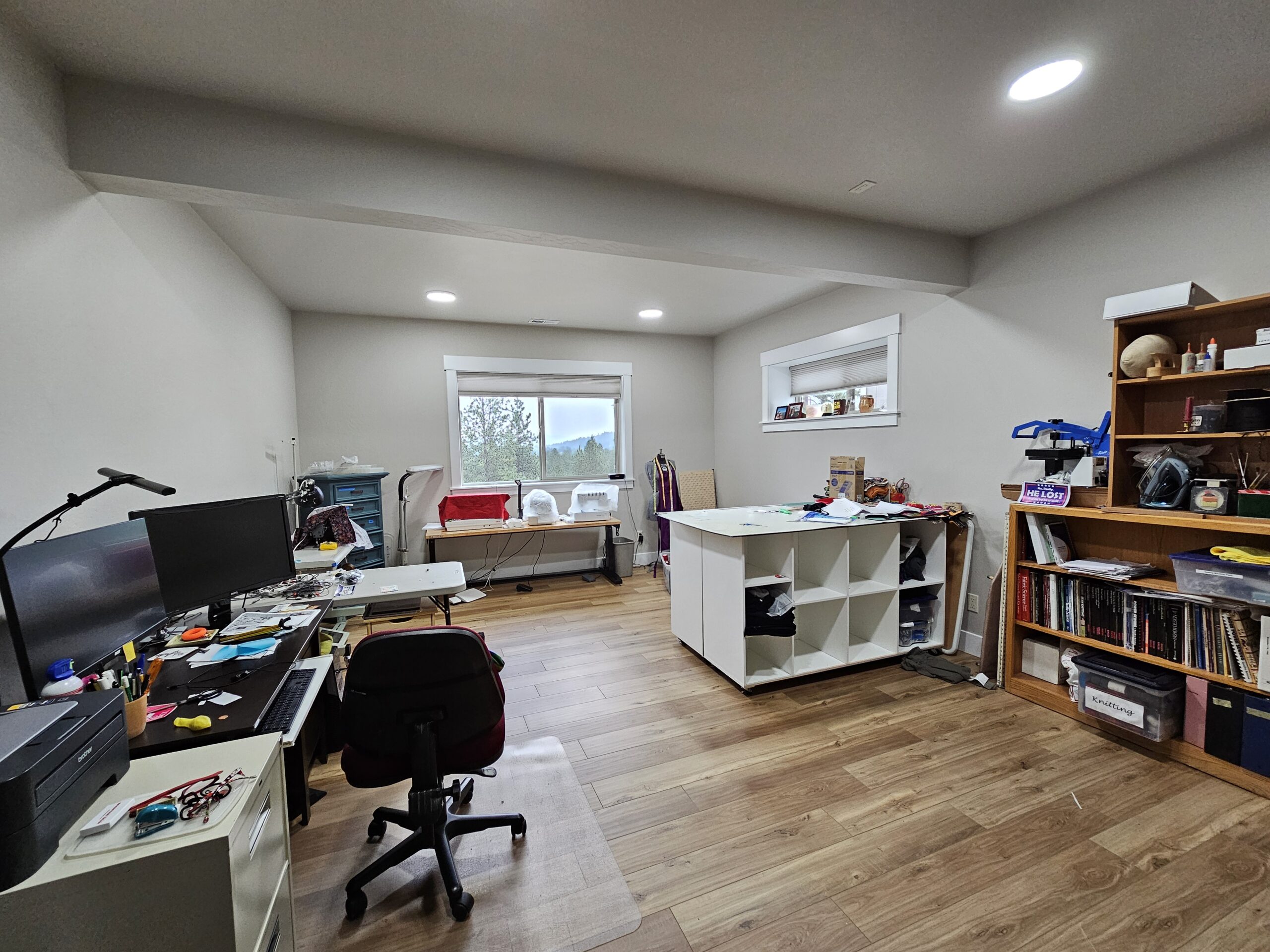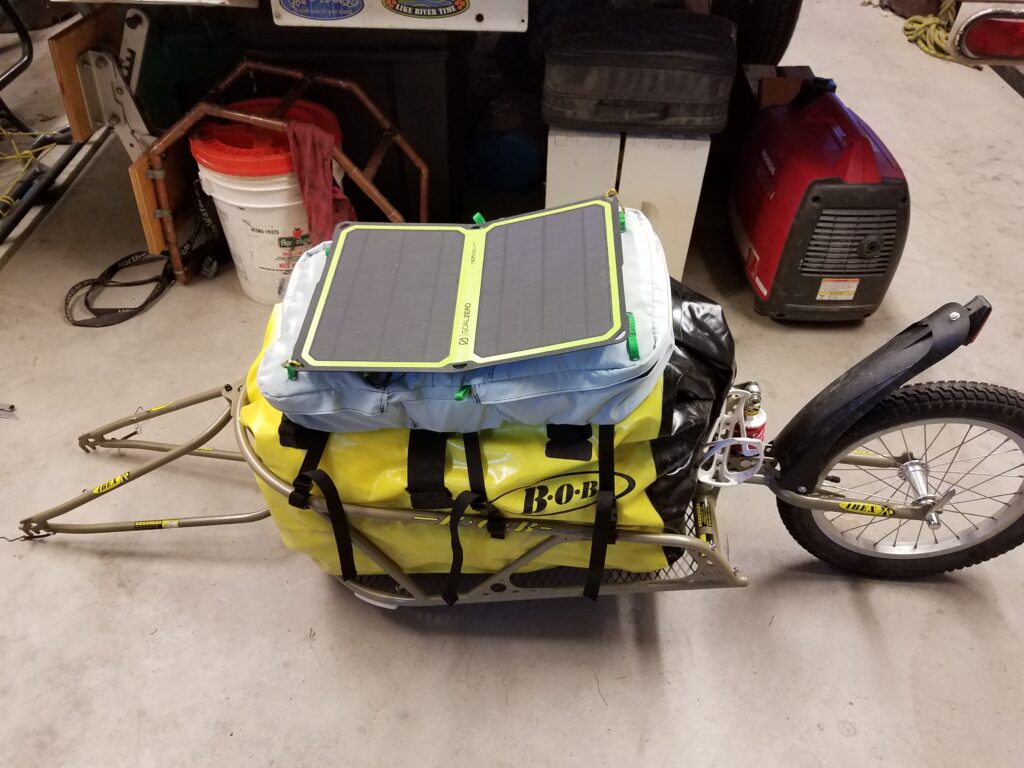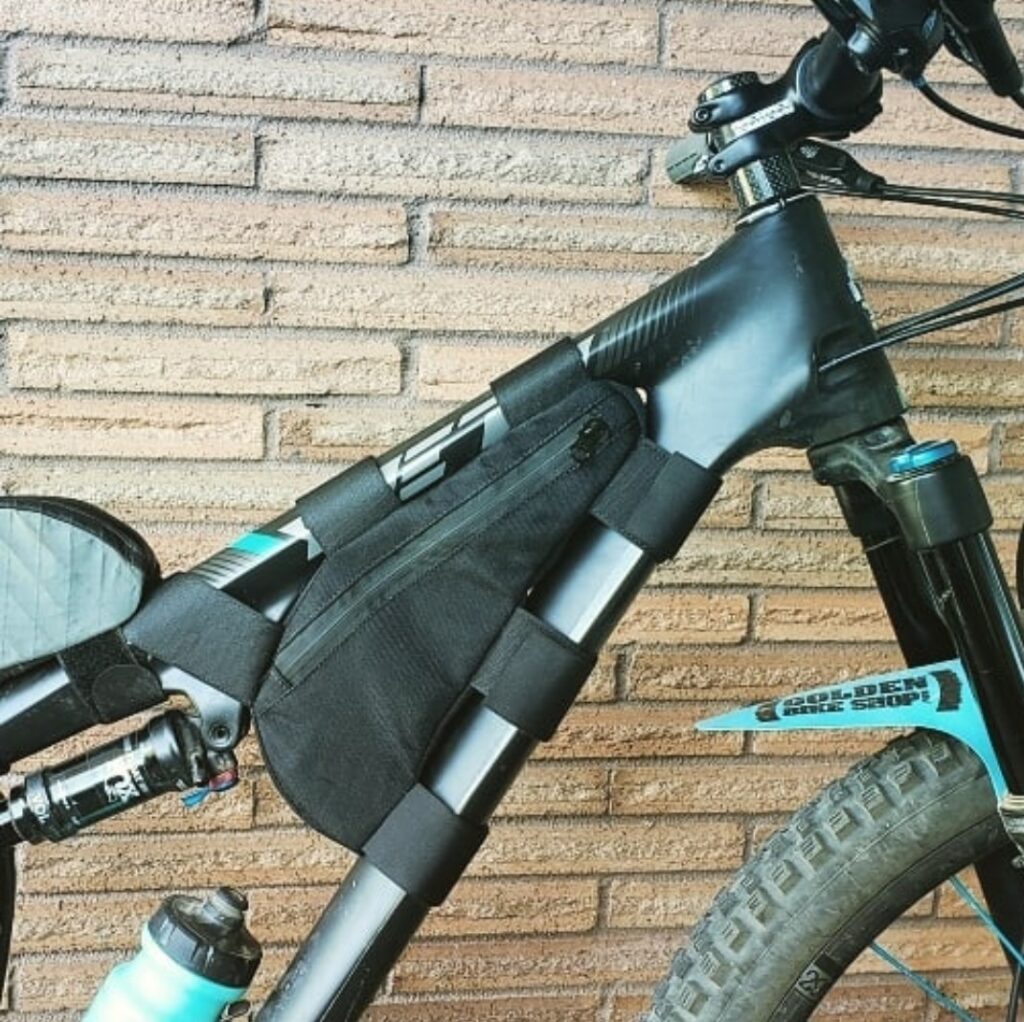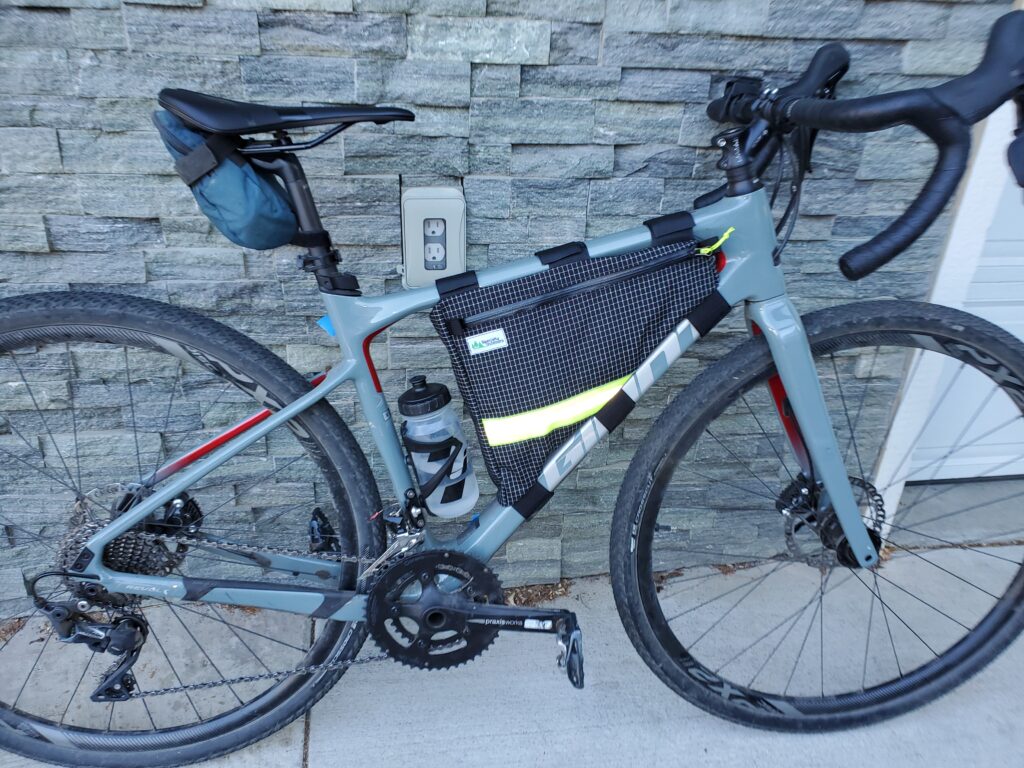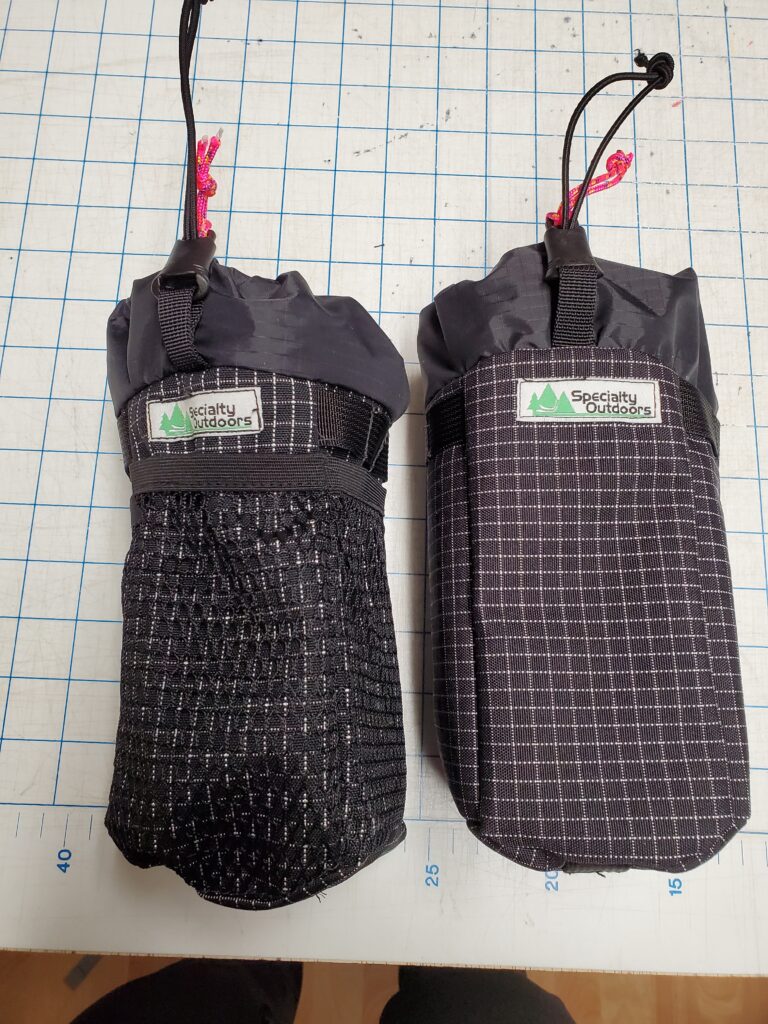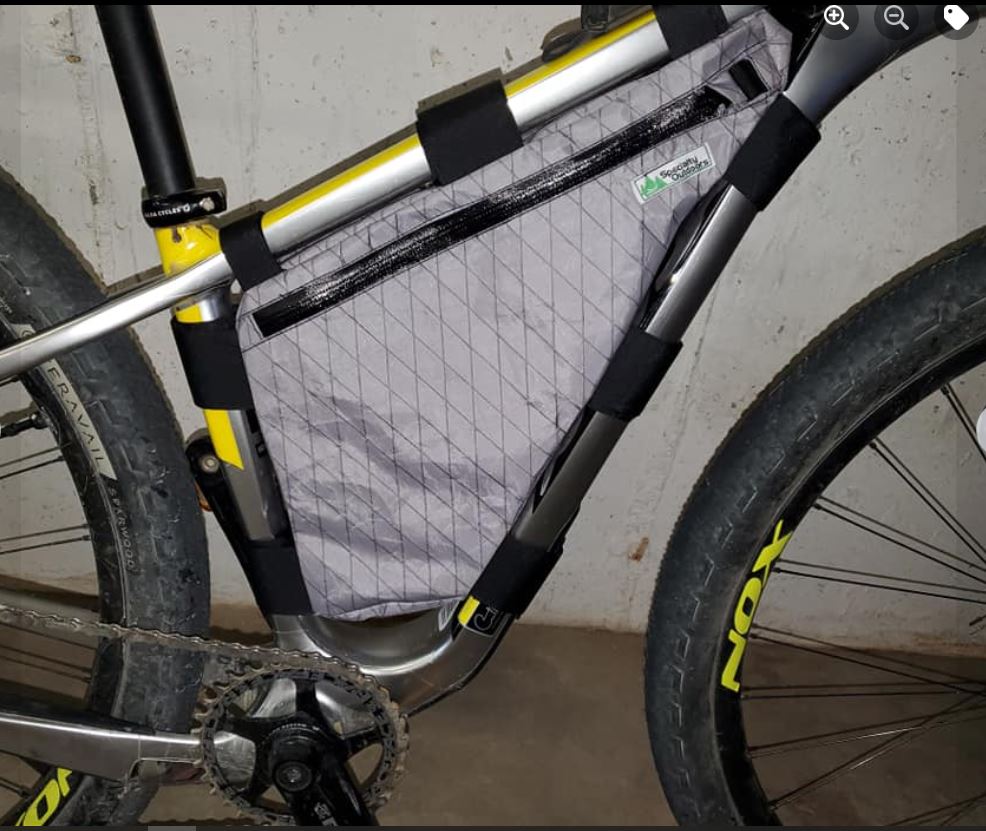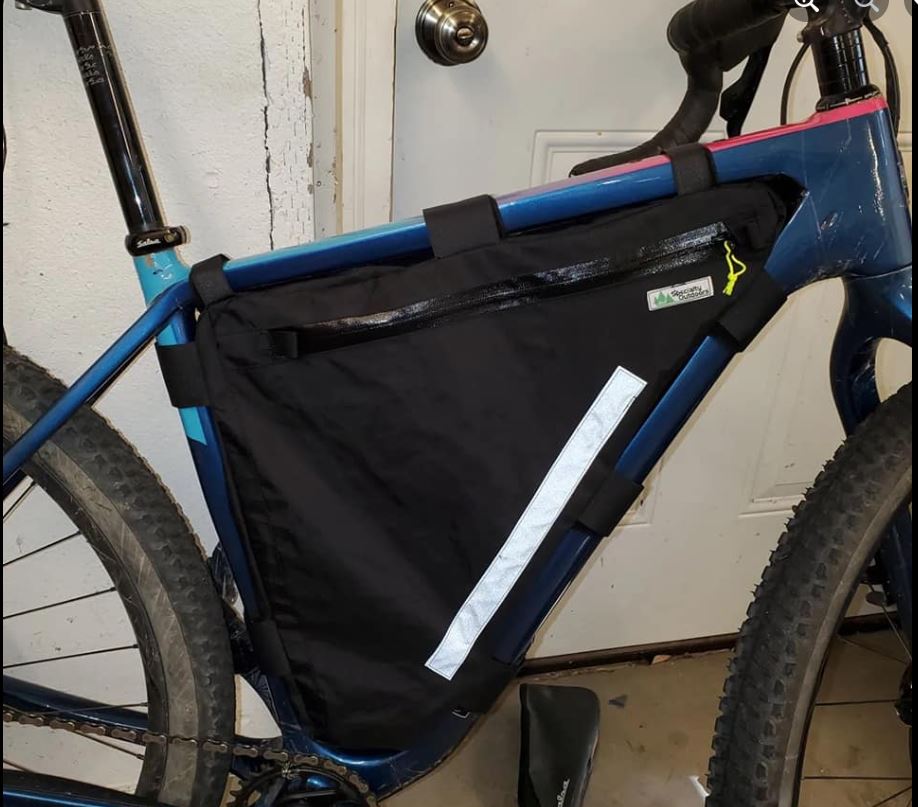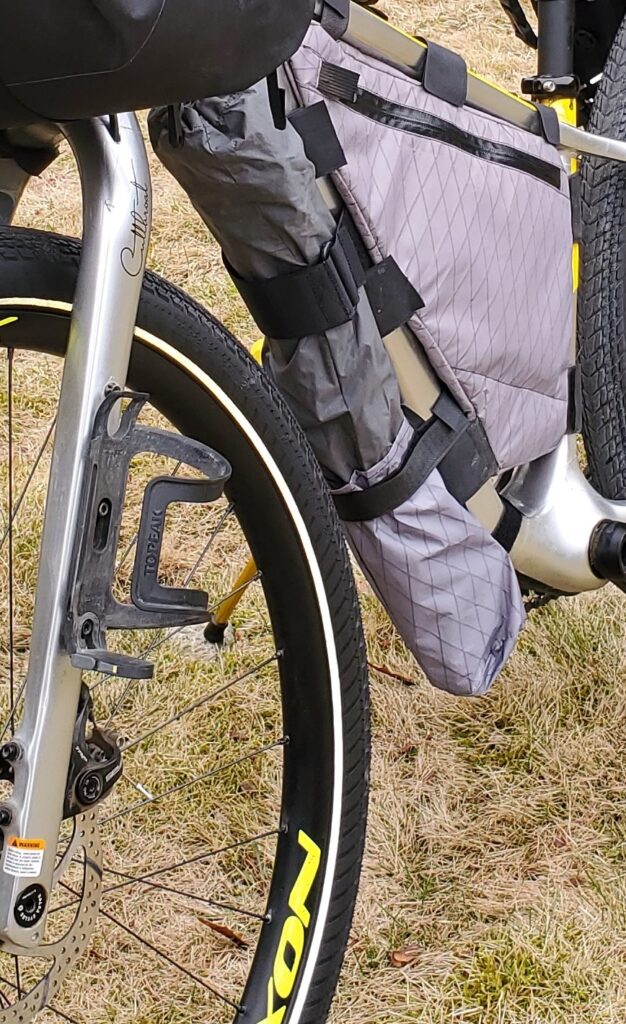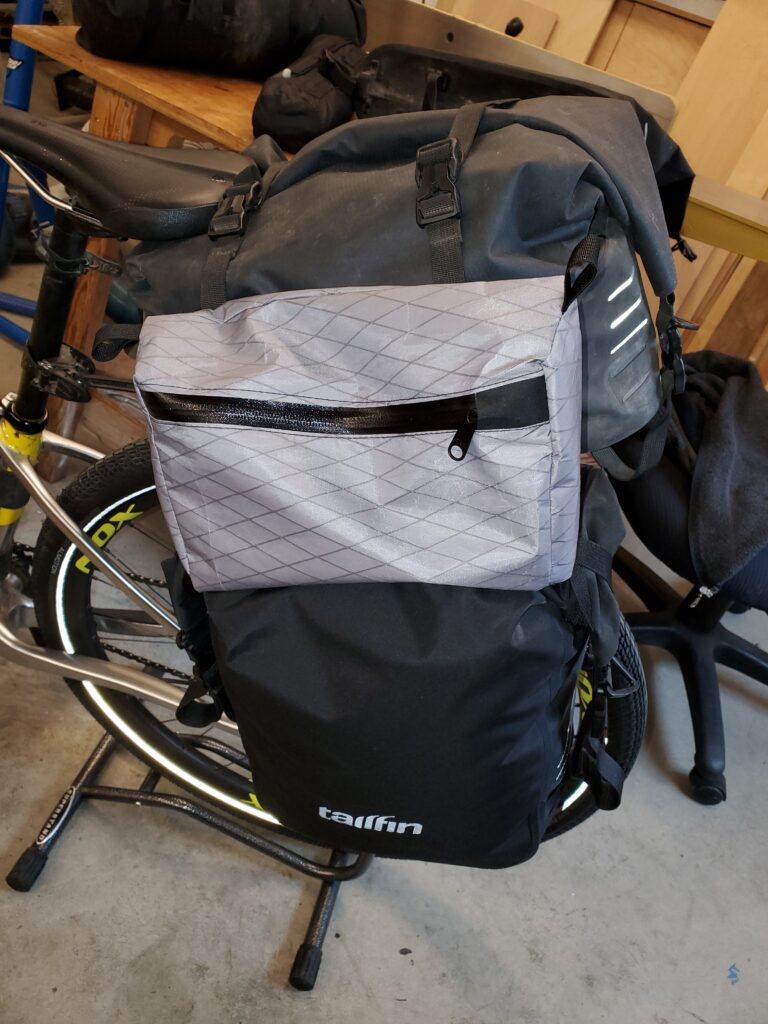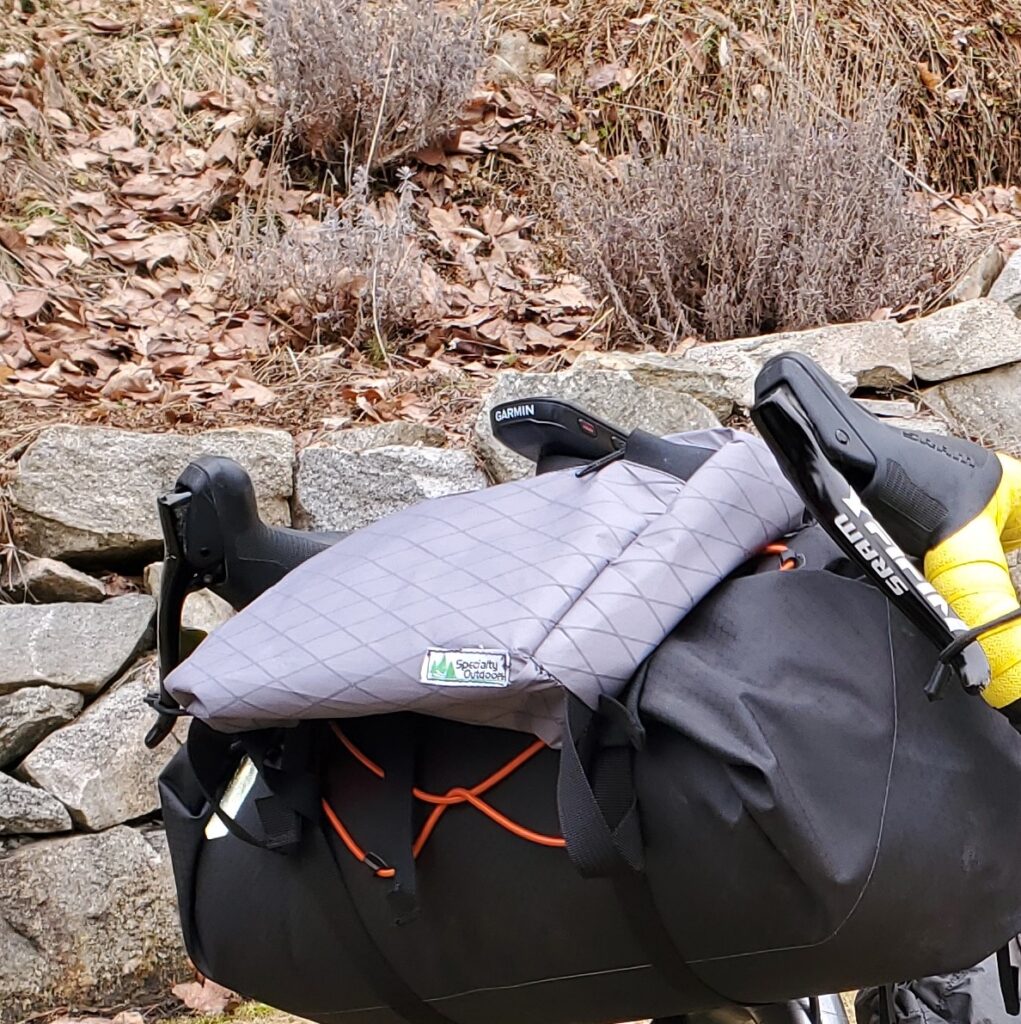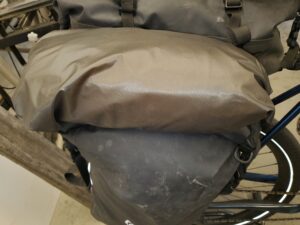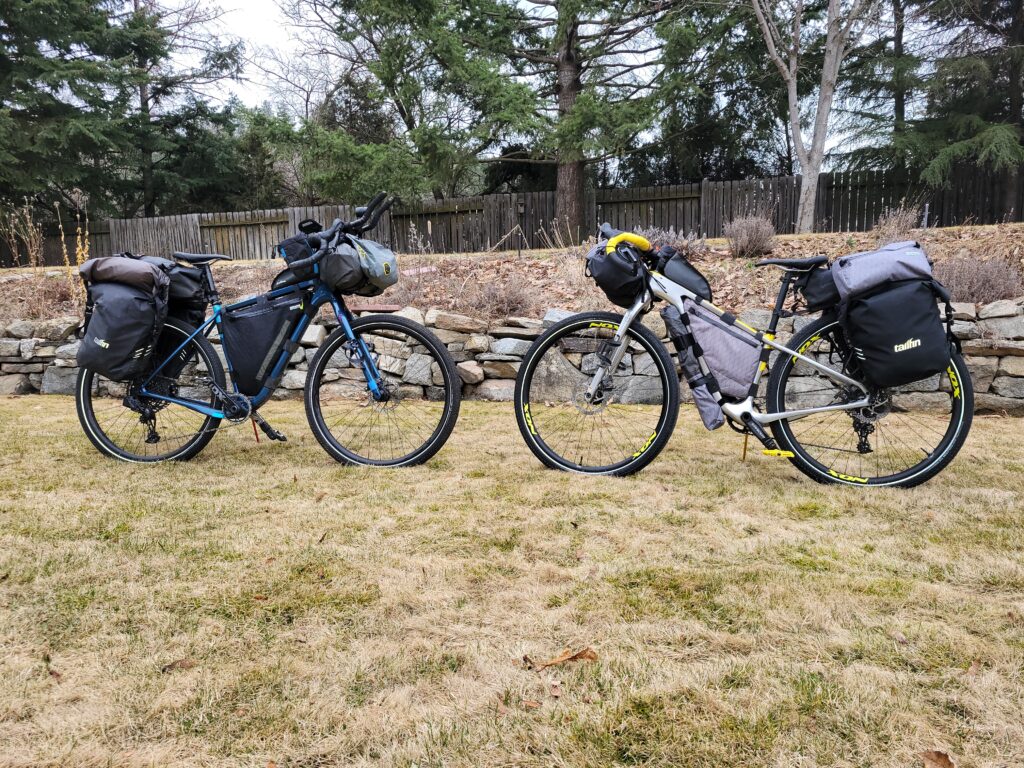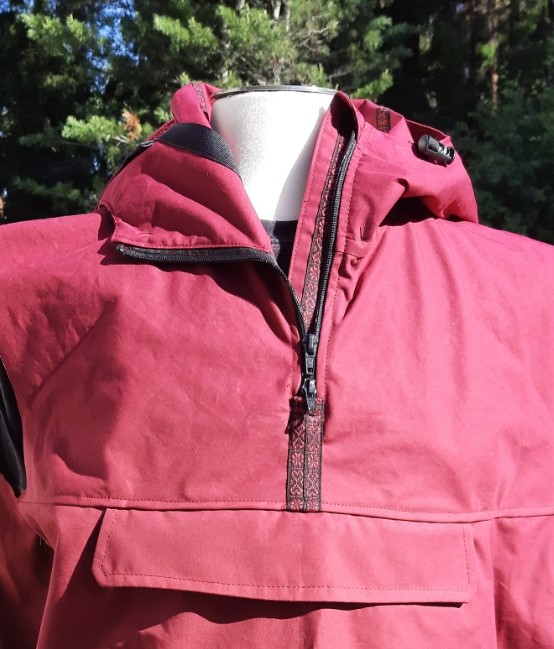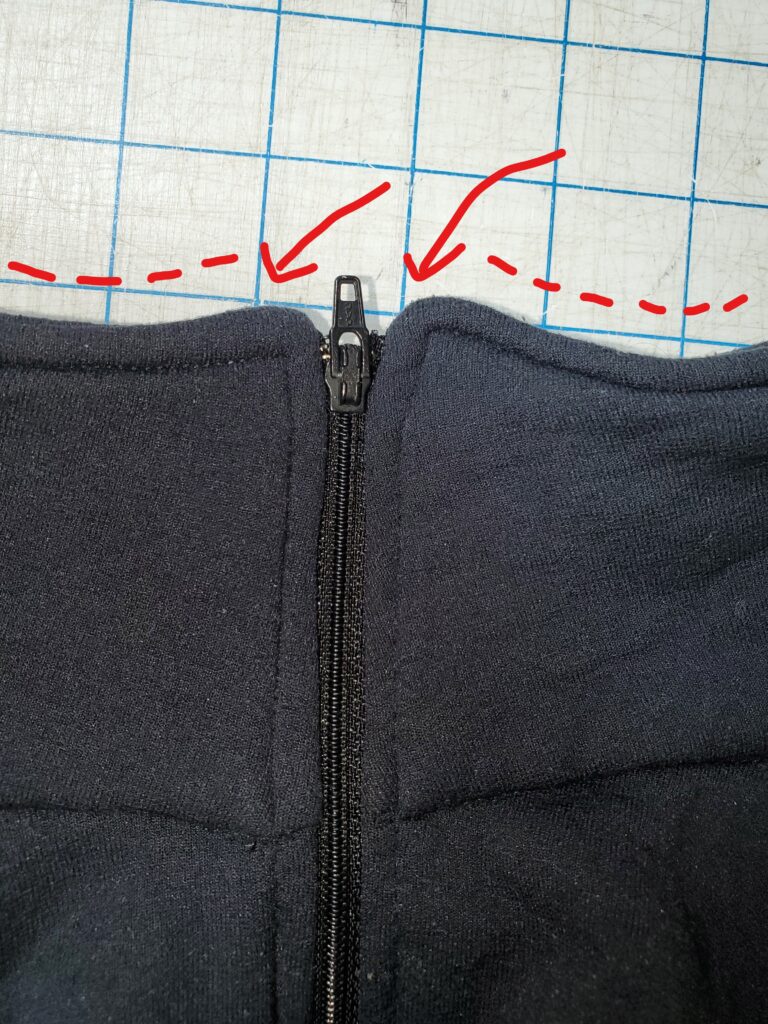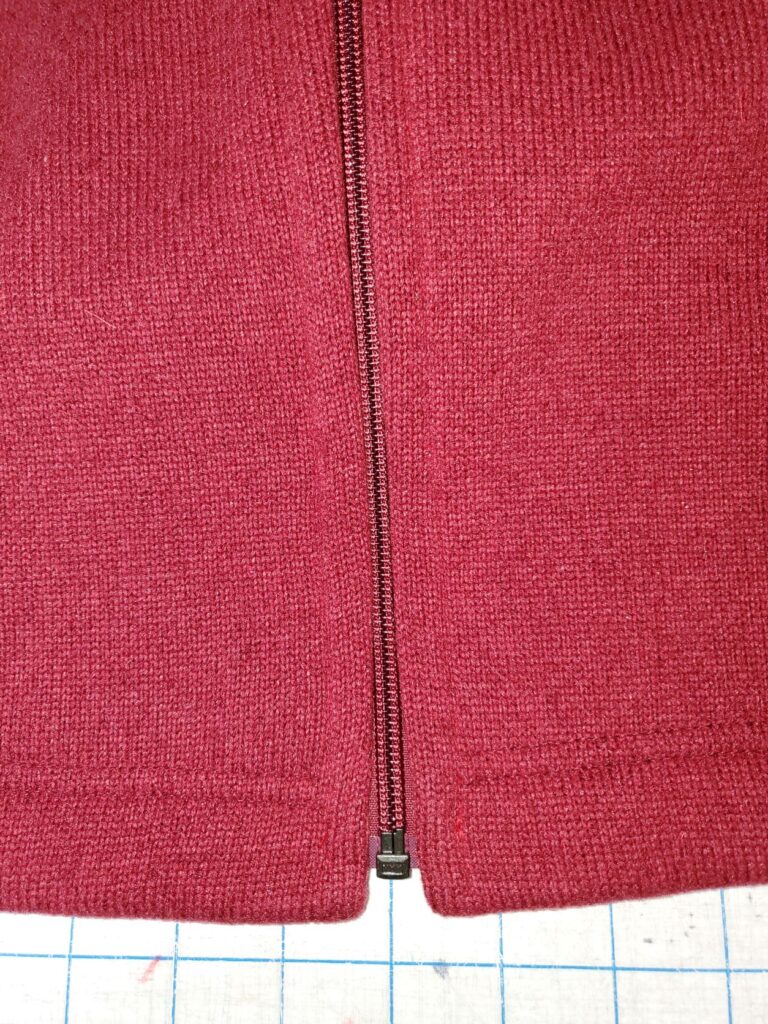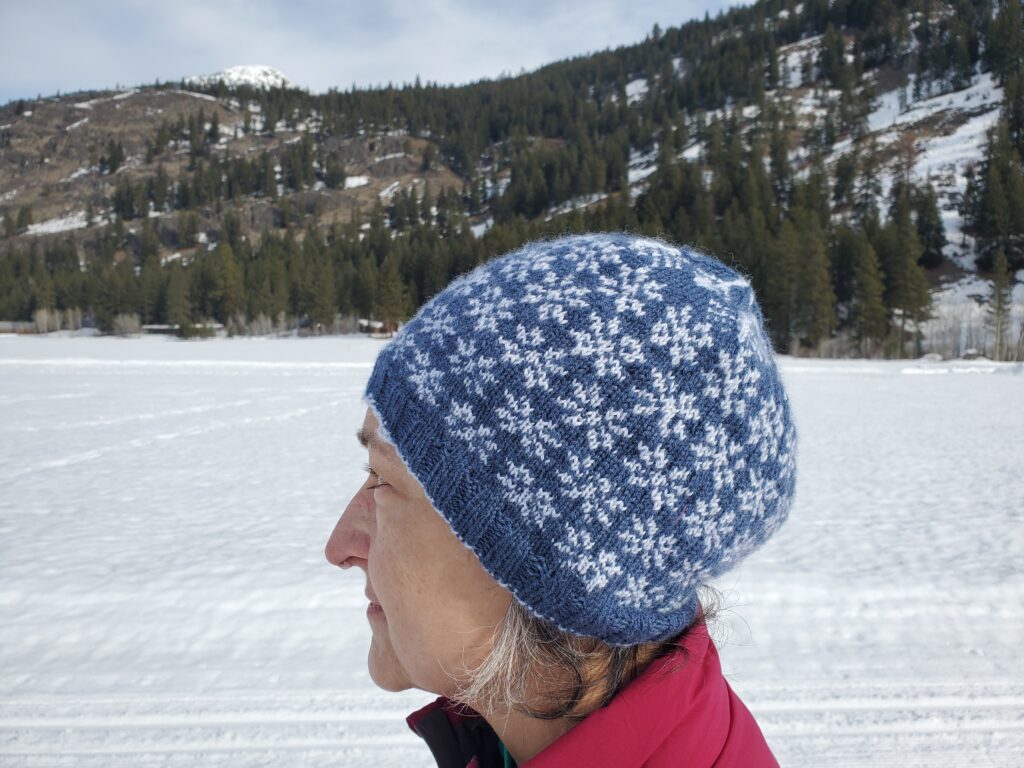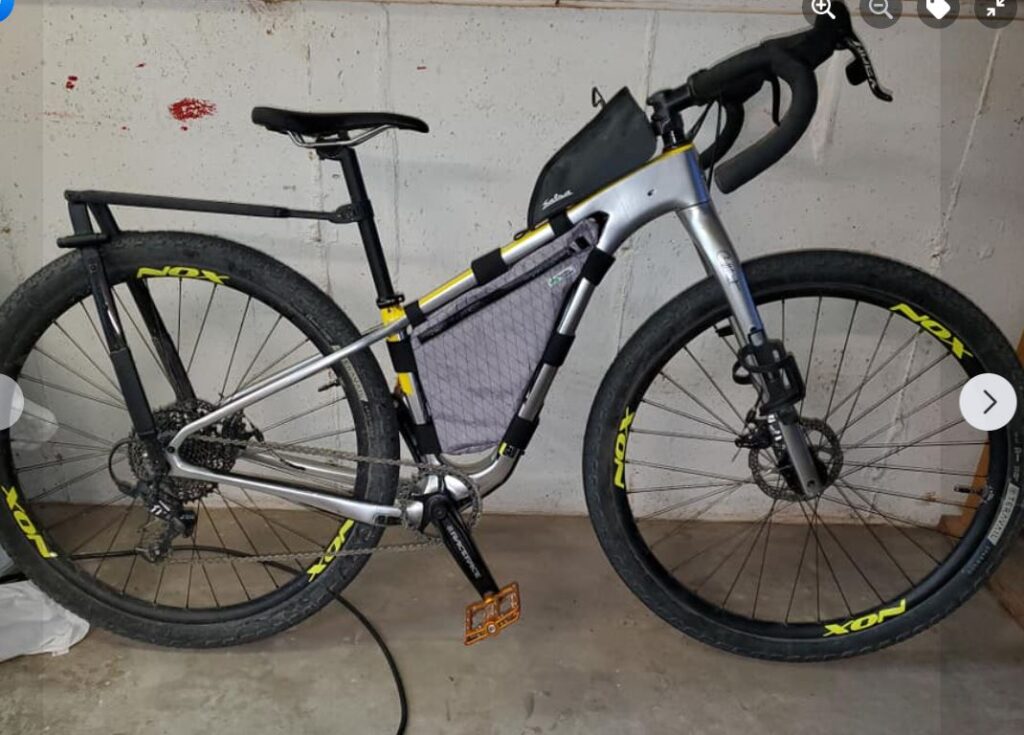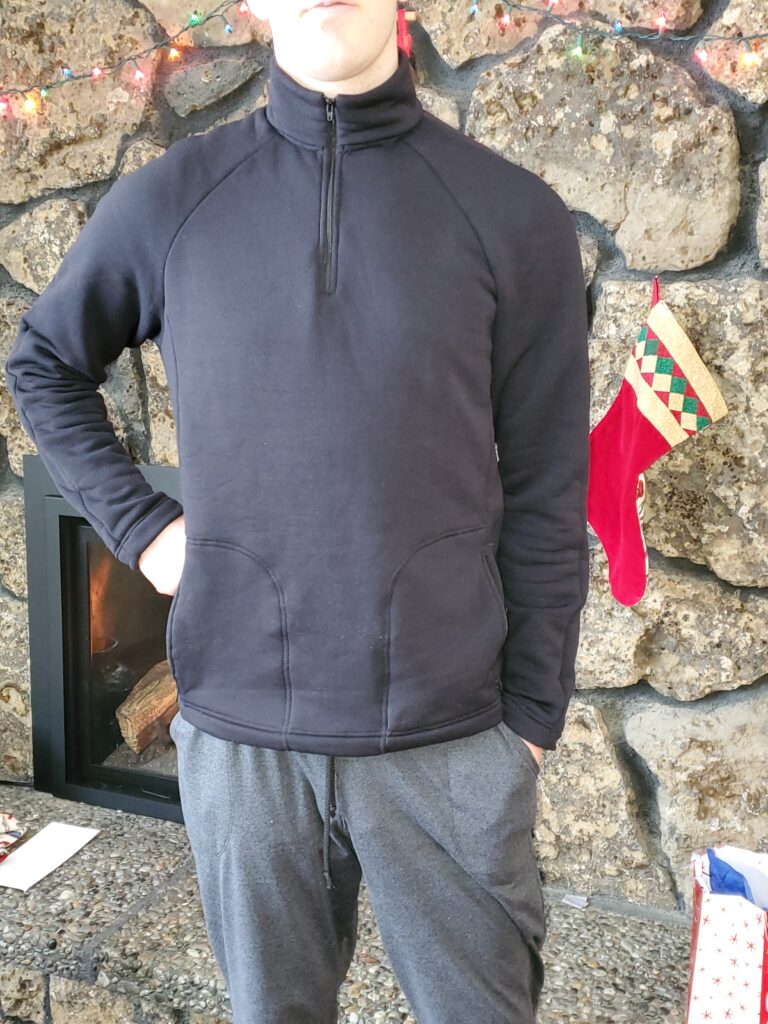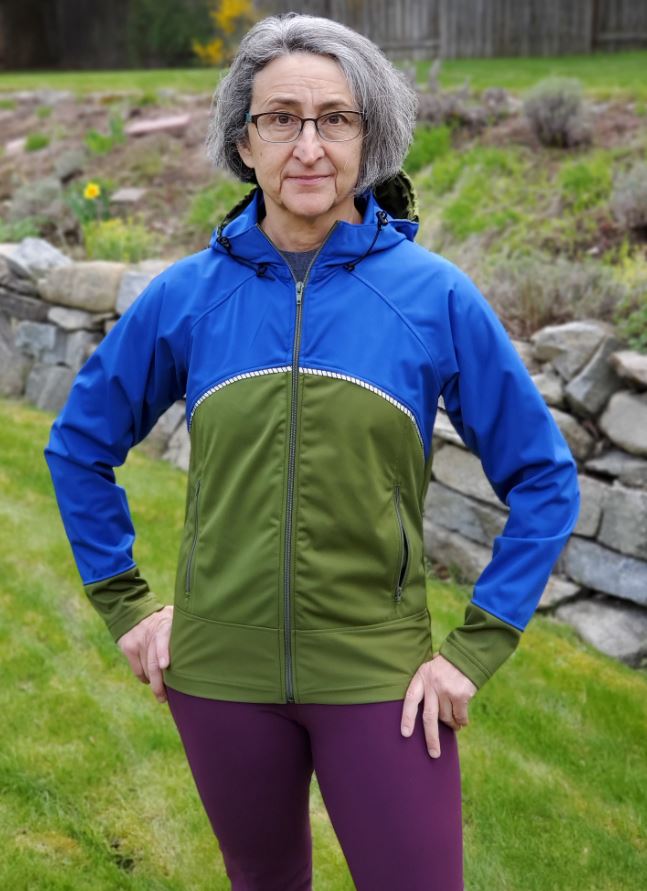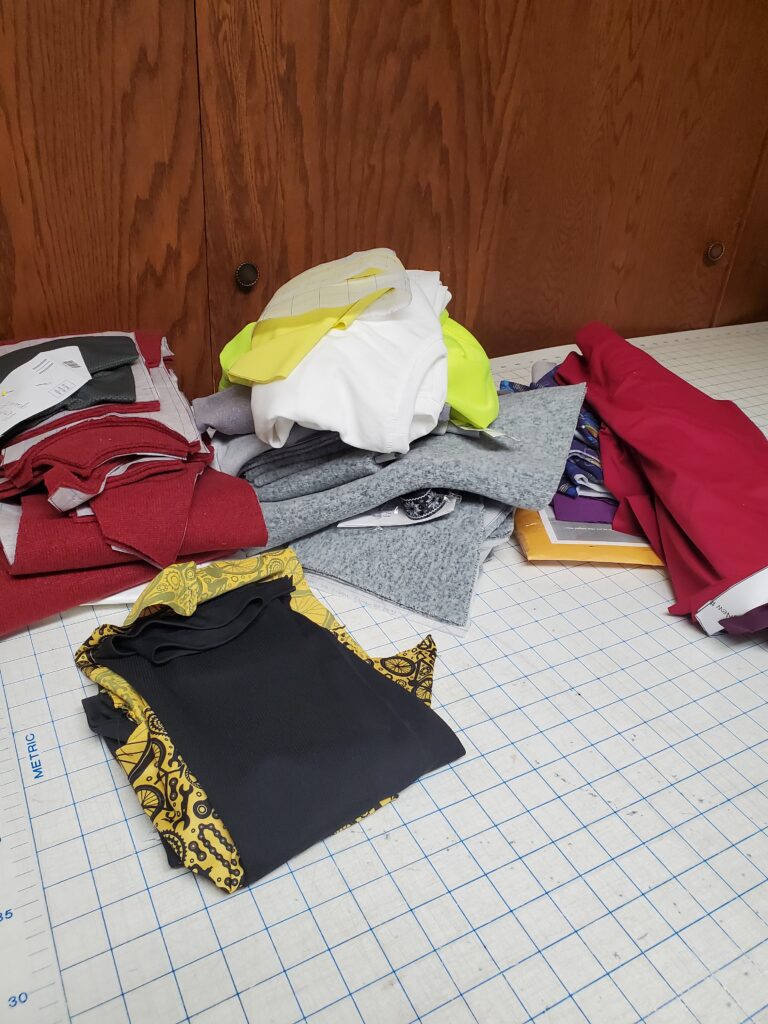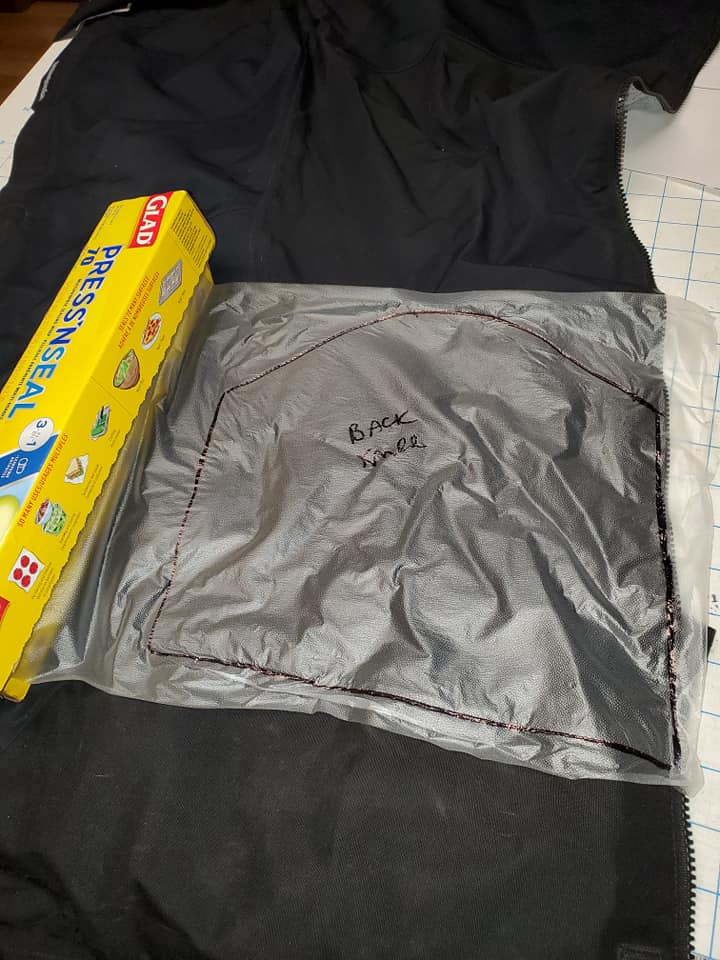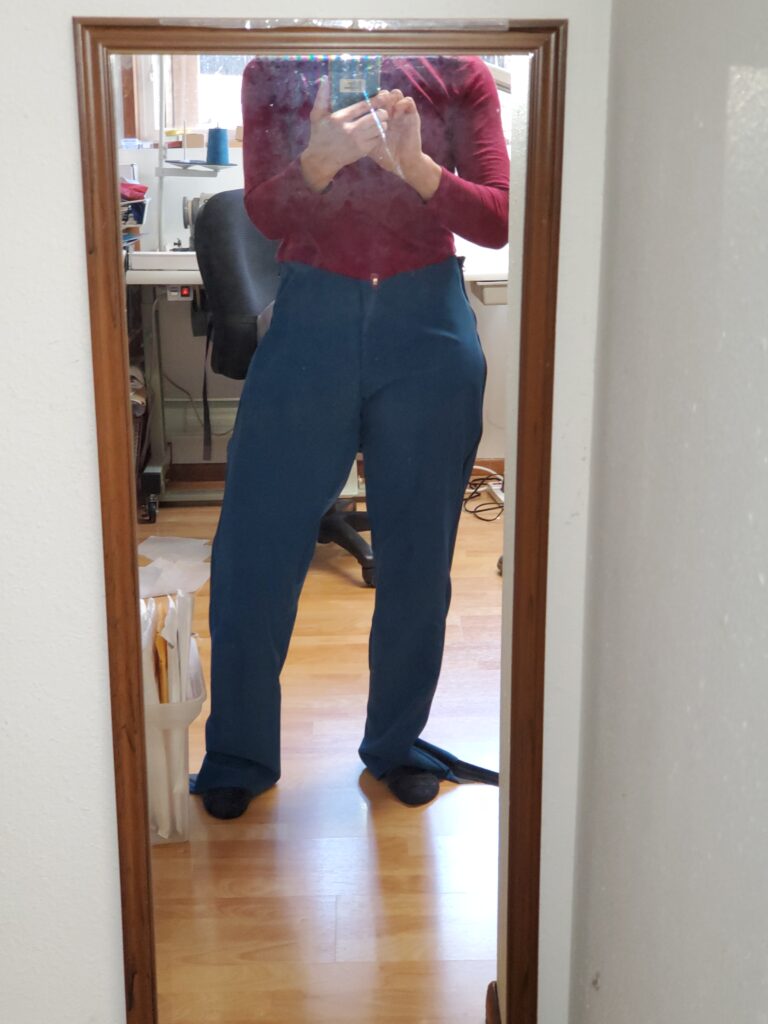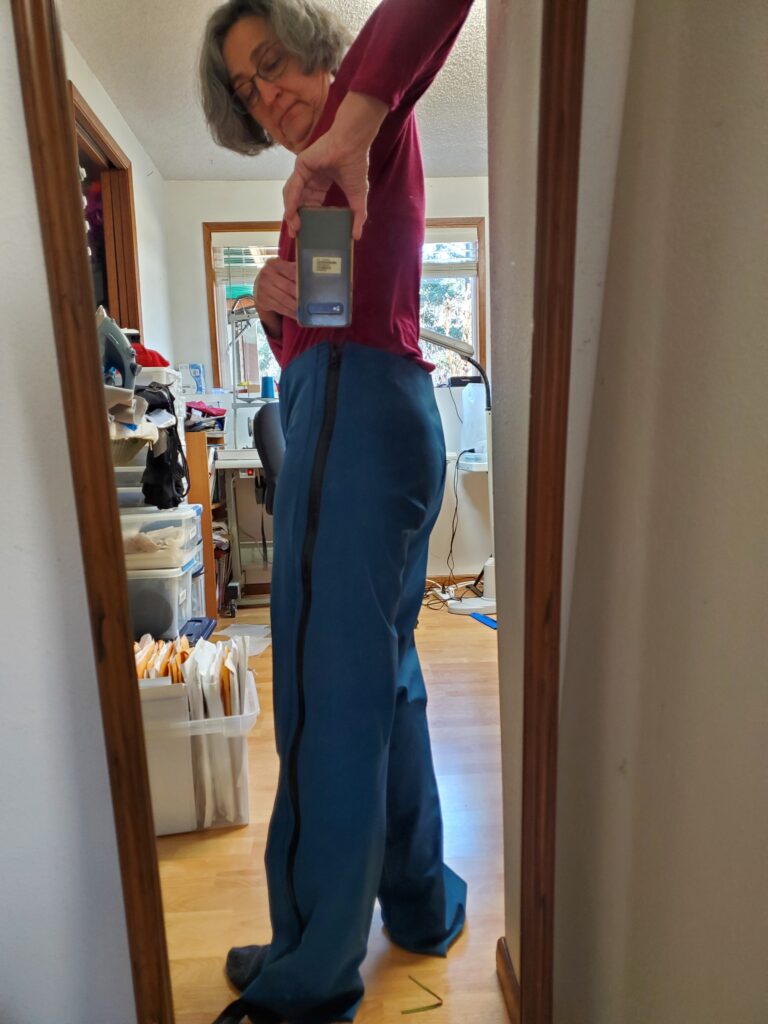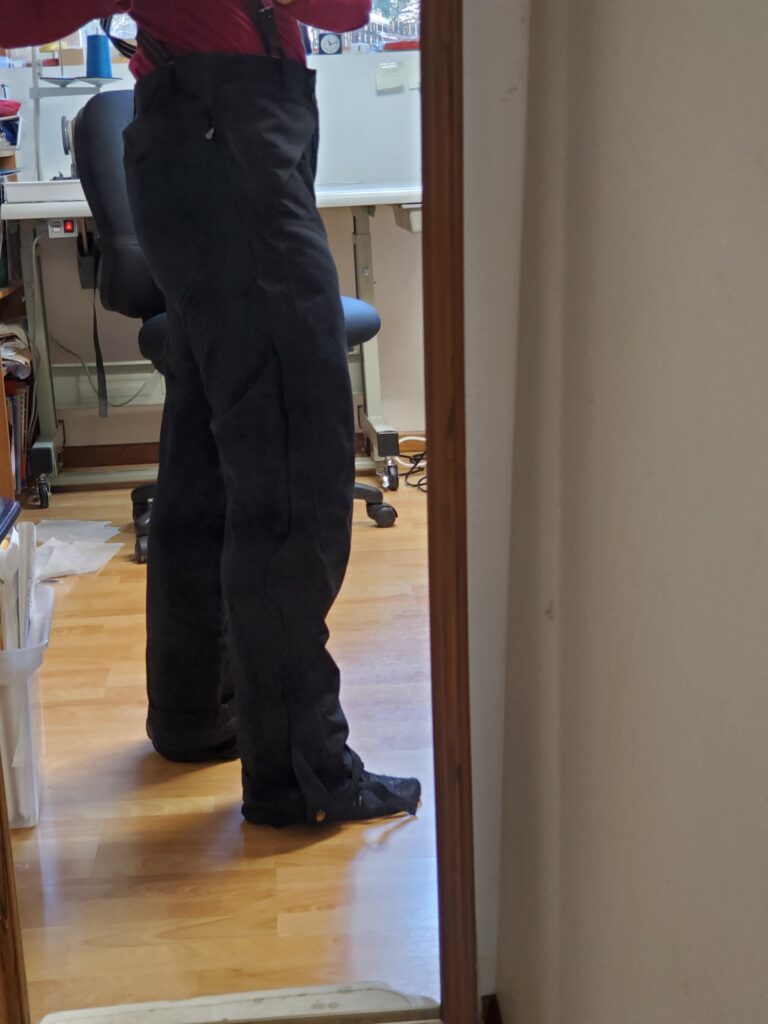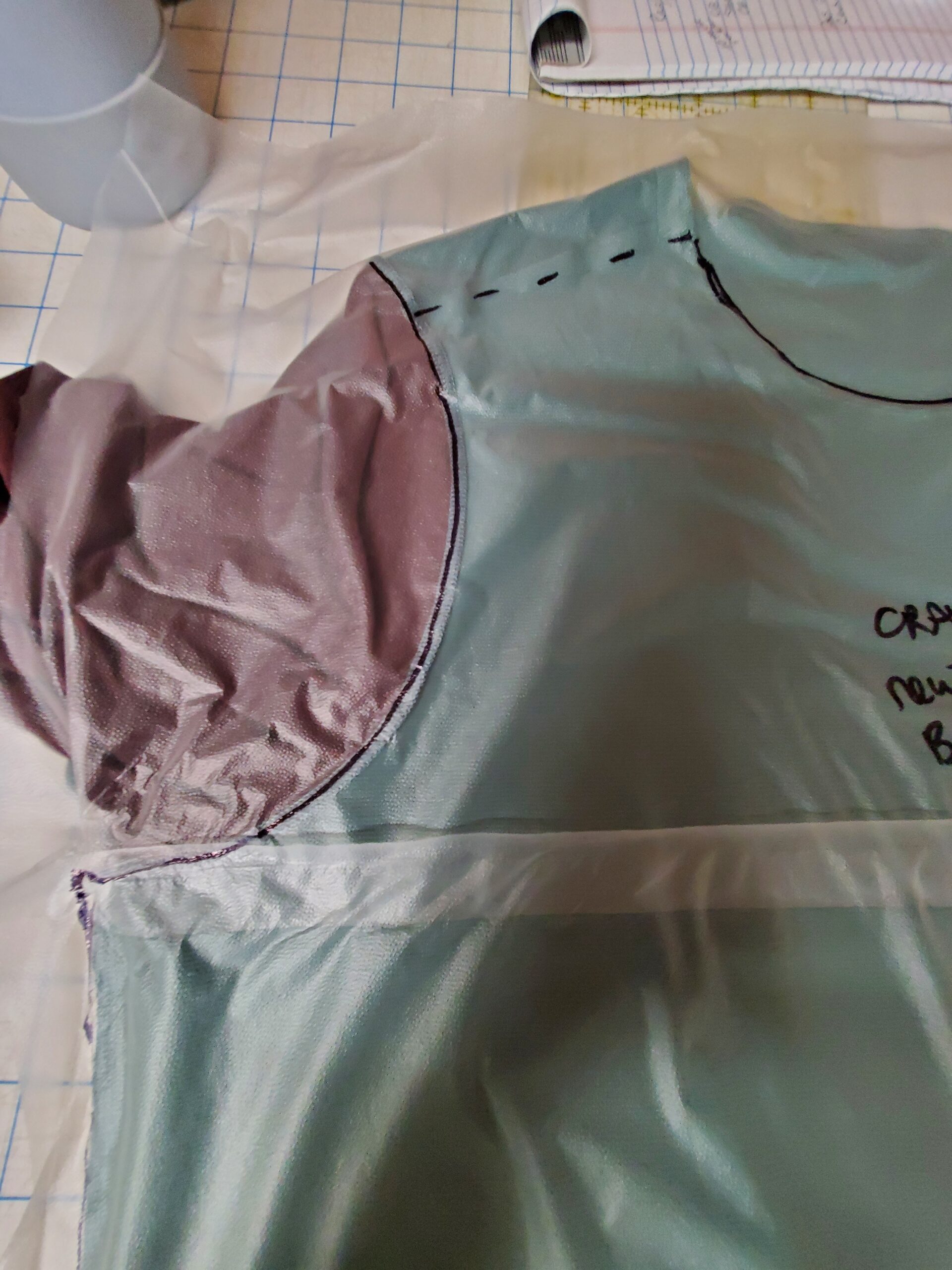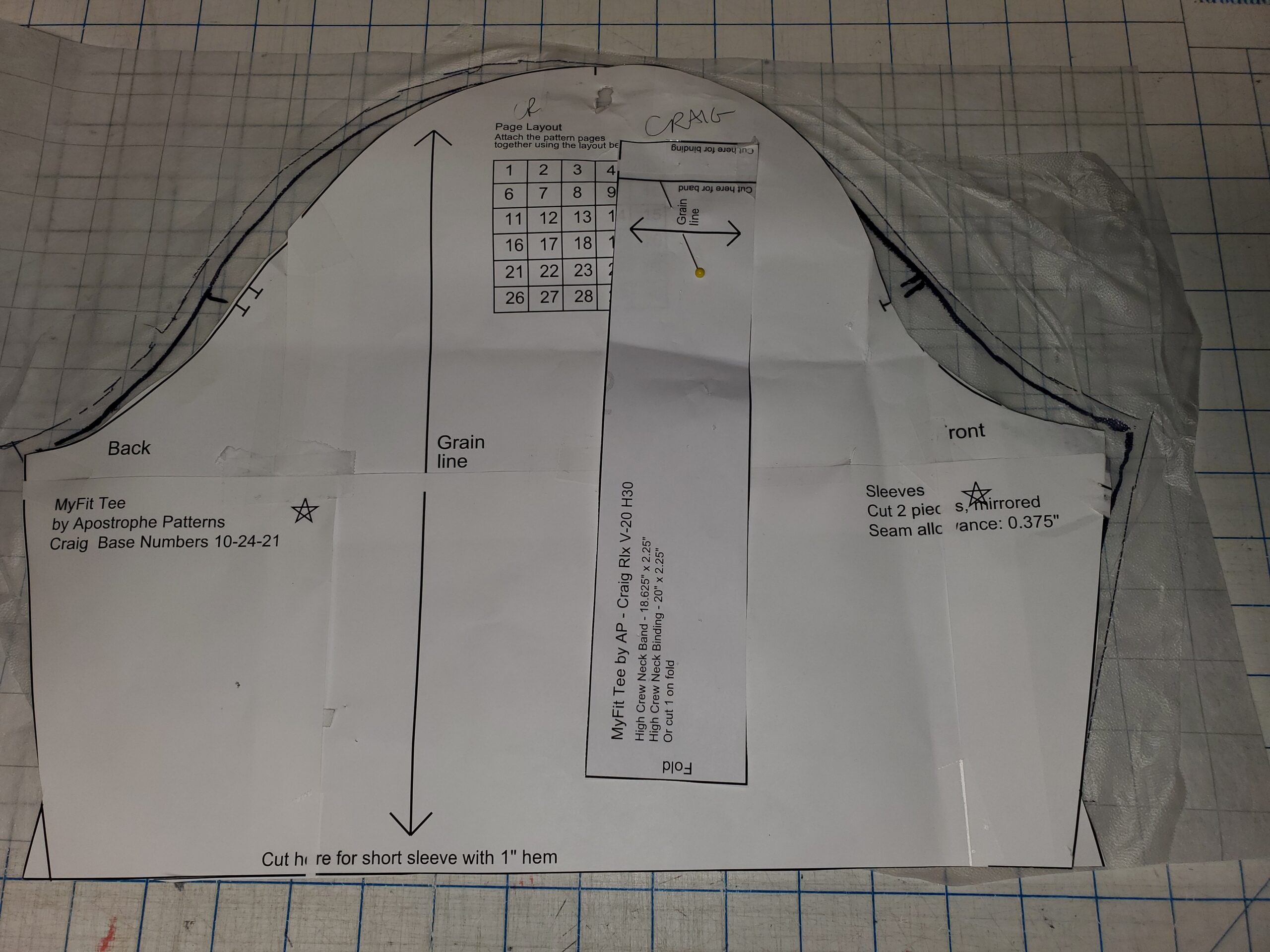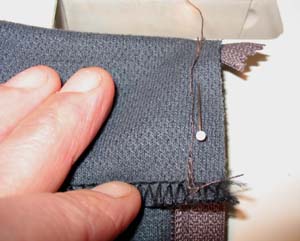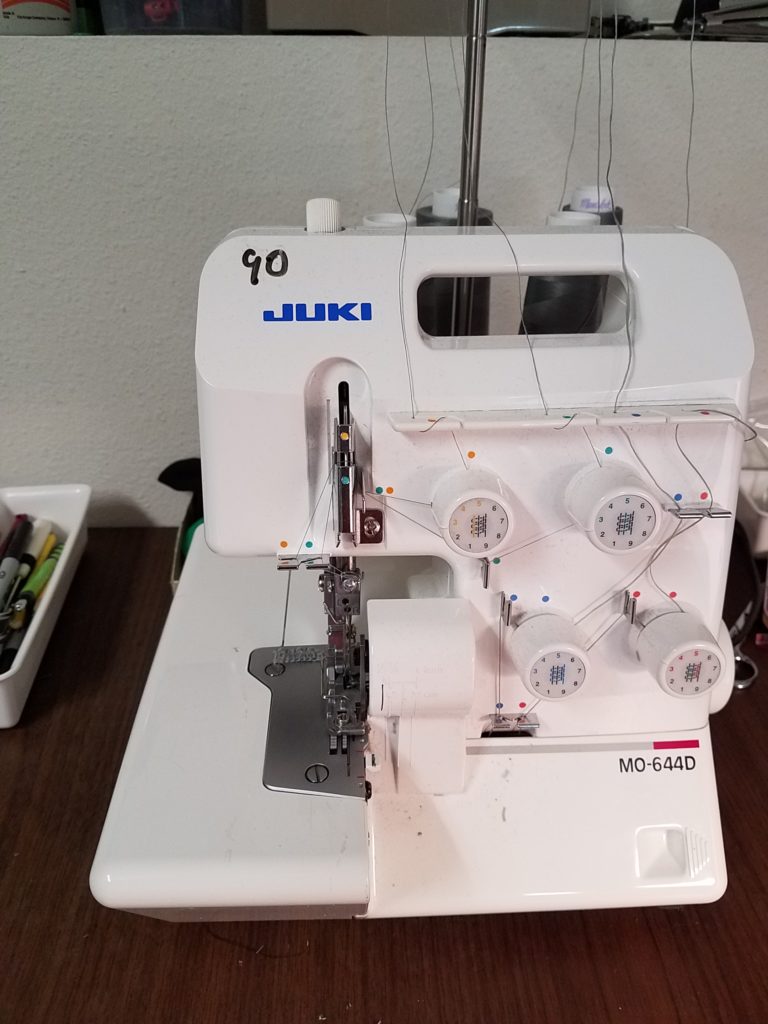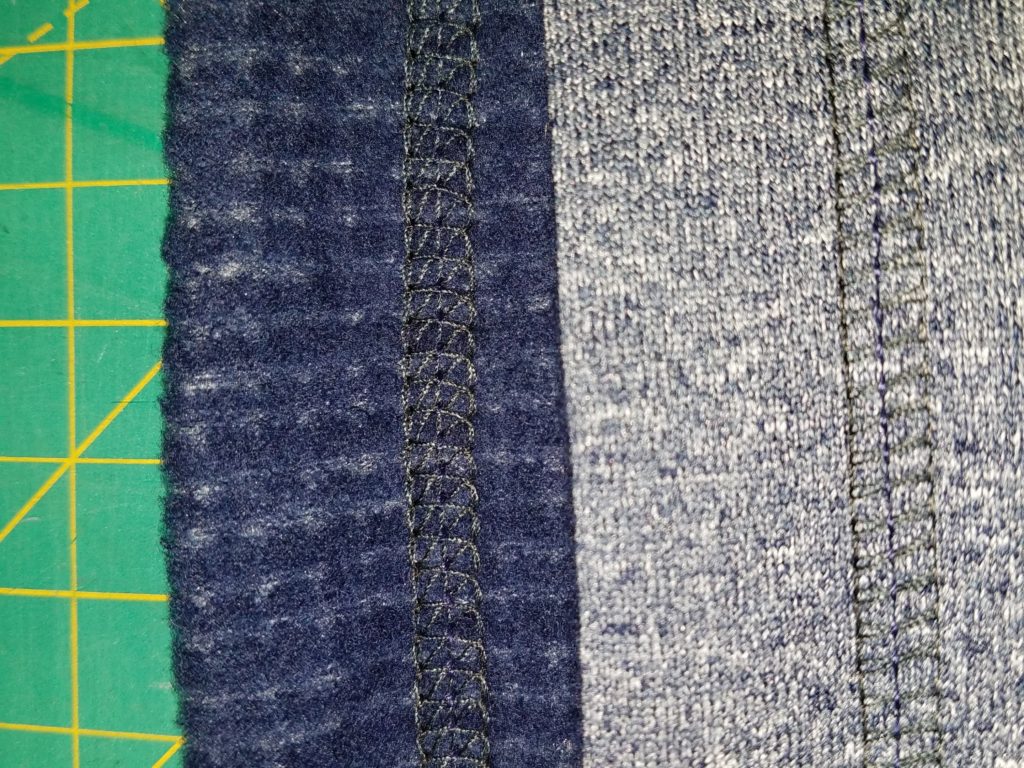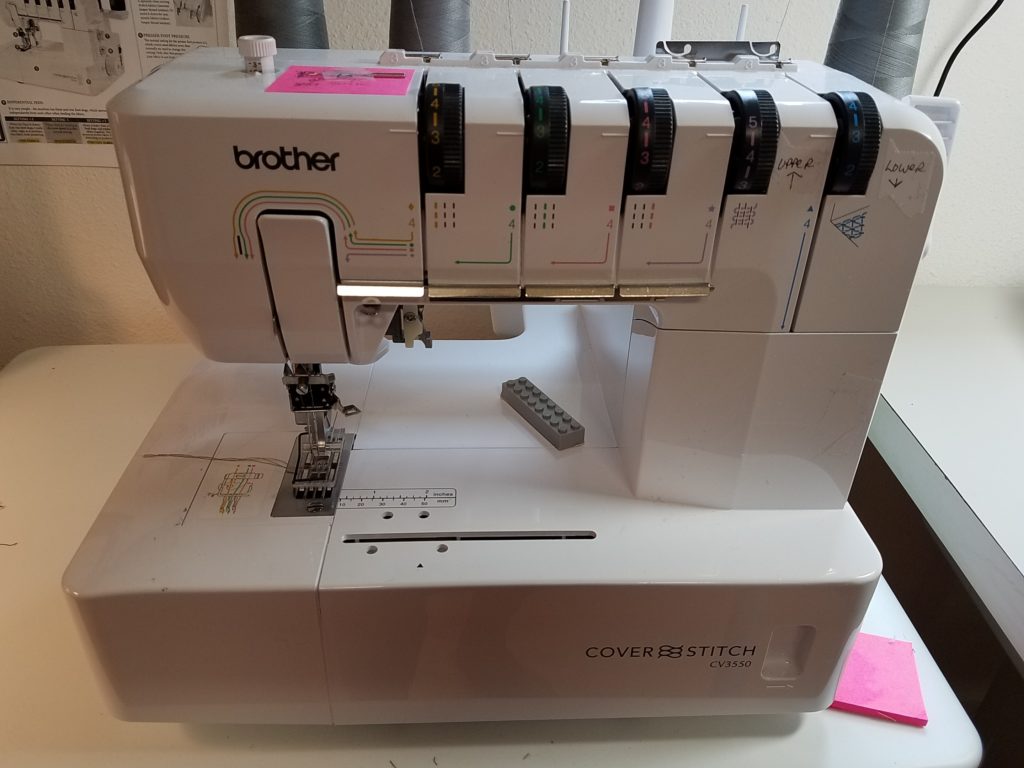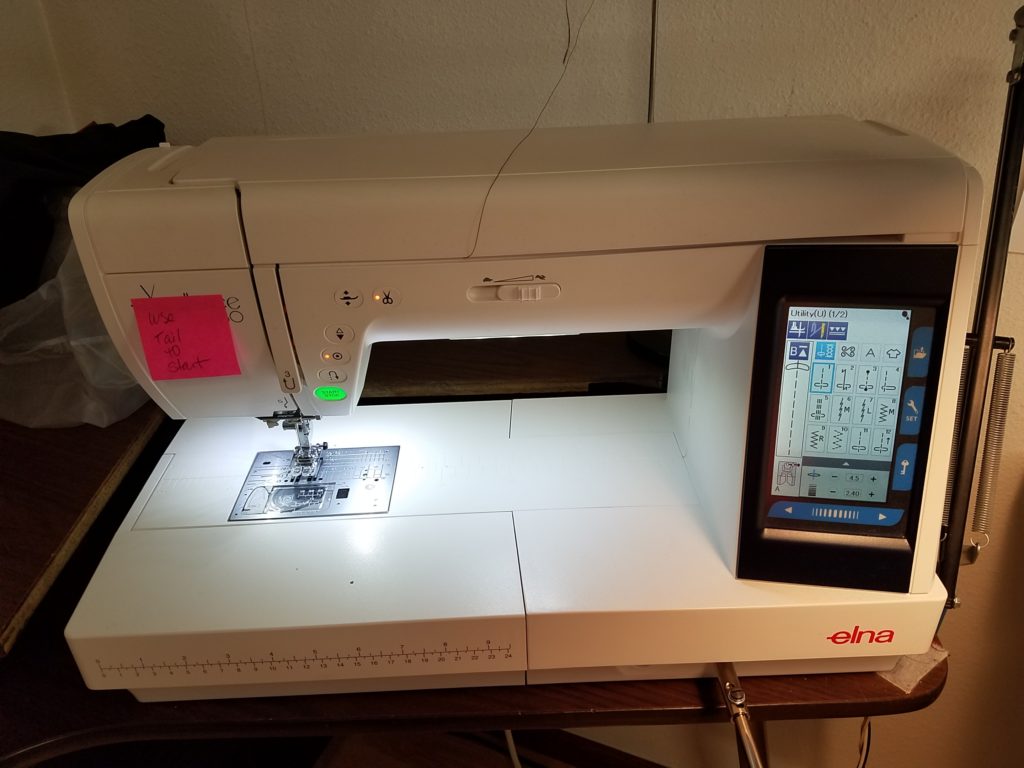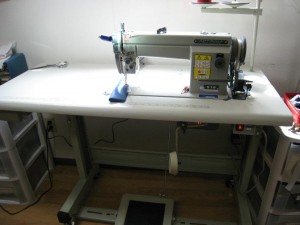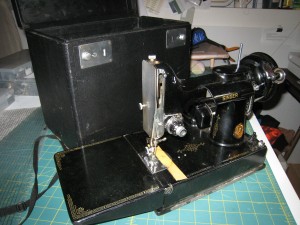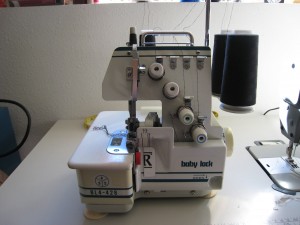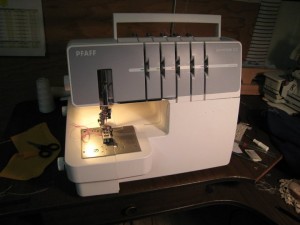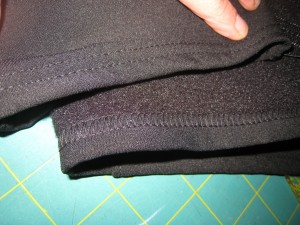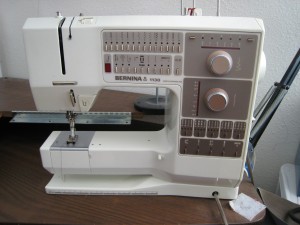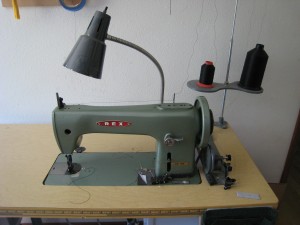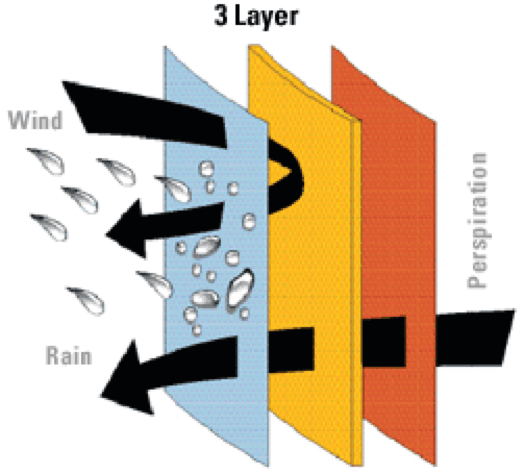I repair dozens of tent zippers every season. Many people seem surprised when their tent zipper fails. Zipper slider failure is extremely common, and it is caused mostly through normal wear and damage.
The most common symptom of slider failure is that the zipper coil will not zip closed, or separates at a certain point on the zipper. This is typically an indicator of a worn slider. Worn sliders can easily be replaced, provided they are not an off brand. Damaged (bent) sliders will also exhibit this behavior. Coatings on zipper sliders are not particularly durable and wear down easily.
If your tent zipper is not zipping, the slider most likely worn from dirt and grit, or it has been bent from hard use, getting stepped on, being squeezed with pliers, or similar. The whole zipper does not need to be replaced, just the sliders.
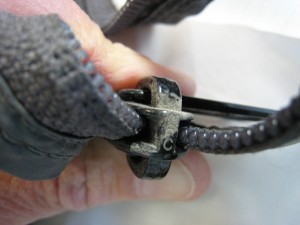
A good example of how dirty tent coil gets. This tent had been hosed down but they did not hose the zippers out.
Here are important tips on tent care:
KEEP YOUR ZIPPERS DIRT, SILT, AND GRIT FREE!!!! Depending on where you camp, shaking/sweeping the tent out may be sufficient. More likely, you will want to clean your tent. Set it up in the yard, and take a hose to it. Do not use any cleaners or brushes. A rag made from an old towel will pull micro dirt off the floor really well. Wipe down the seams and spray the zipper coils with the sprayer. Dry thoroughly.
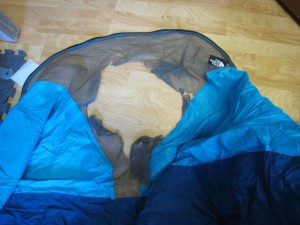
Door Damage, dog ran through tent door
TRAIN YOUR TENT PARTNERS. Do not leave the door lying in the dirt. Watch the kids and the dogs. Open doors fully, do not leave zippers part way open. Roll up the tent door and keep it out of the dirt.
DO NOT FORCE ZIPPERS! If there is a fold of fabric caught in the zipper, work to gently free it. You can pull hard enough on the slider to damage the slider, the coil, or tear the fabric.
CLEAN YOUR TENT: Hose tent off and let air dry, thoroughly. If tent is gritty, use a sponge or rag to wipe dirt off. Never use a scrub brush, harsh detergent, or put tent in the washer. Pay special attention to hosing off the zippers. Note: I have been hearing good reports from people who have washed tents without detergent in a front loader (non-agitator) machine. I have not tried this myself but you are welcome to experiment. Agitators can tear doors and ties downs, and detergent will strip the waterproofing. YMMV.
NEVER PUT A TENT AWAY DAMP: This is the number one cause of mildew, which eats away at the waterproof coating on your tent. There is no fixing mildew.
Commonly asked questions about tent care, and a few comments.
Lubing zippers? If you want to use a dry lube, McNett sells a zipper lube. Do not use Vaseline or any grease product on the zipper. It’s better just to keep your tent zipper clean and grit free.
Re-waterproofing the fly? Both Nikwax and Grangers’ make excellent products to renew waterproofing and/or DWR (Durable Water Repellency). Grangers’ also makes a combination waterproof/UV protector for fabrics. Order from www.mgear.com I have not had good success with “K-kote” but others have tried it. It might be easier to just pitch a blue tarp over the tent if the fly is leaking that bad.
Smelly tent? It’s one of two things (unless it got skunked or peed on by a dog): mildew, or hydrolyzation of the polyurethane coating. Neither is fixable. Mildew is from moisture, and hydrolyzing of the PU is due to age and exposure to environmental conditions.
Zipper separates when the tent is staked out taut? Don’t stake it so tight. If it is impossible to not stake it taut without a zipper pulling apart, that is a design flaw. A new zipper or a beefier is not going to fix this.
Floor leaks? You can try to recoat the floor with K-kote. It is a really messy project and results are iffy at best. My suggestion is to cut a piece of blue tarp the same size as the tent floor and place that down inside the tent.
Make a new fly? Absolutely not. If your friend lost the fly when they borrowed the tent, make them buy you a new tent. If “the rest of the tent is in good shape, it’s just the fly that’s old”, the rest of the tent is NOT in good shape; it’s just as old as the fly. The body of the tent may not show the age that the UV-baked fly is showing, but trust me, it’s old.
I’m going to close with my soapbox: “You really do get what you pay for”. Yes, I know you’ve camped successfully for years in your $99 box-store special. I’m happy for you and glad it’s working out. However, here is why I don’t love them:
- Low thread count fabric. It’s not very dense which is less weather repellent
- Fewer stitches per inch out of really crappy thread – seams are not as strong
- Off brand zippers have really soft metal zipper sliders that wear out faster
- Blue tarp floors
- Minimal fly
I’ll discuss how to identify sliders for replacement later on. Until next time…

